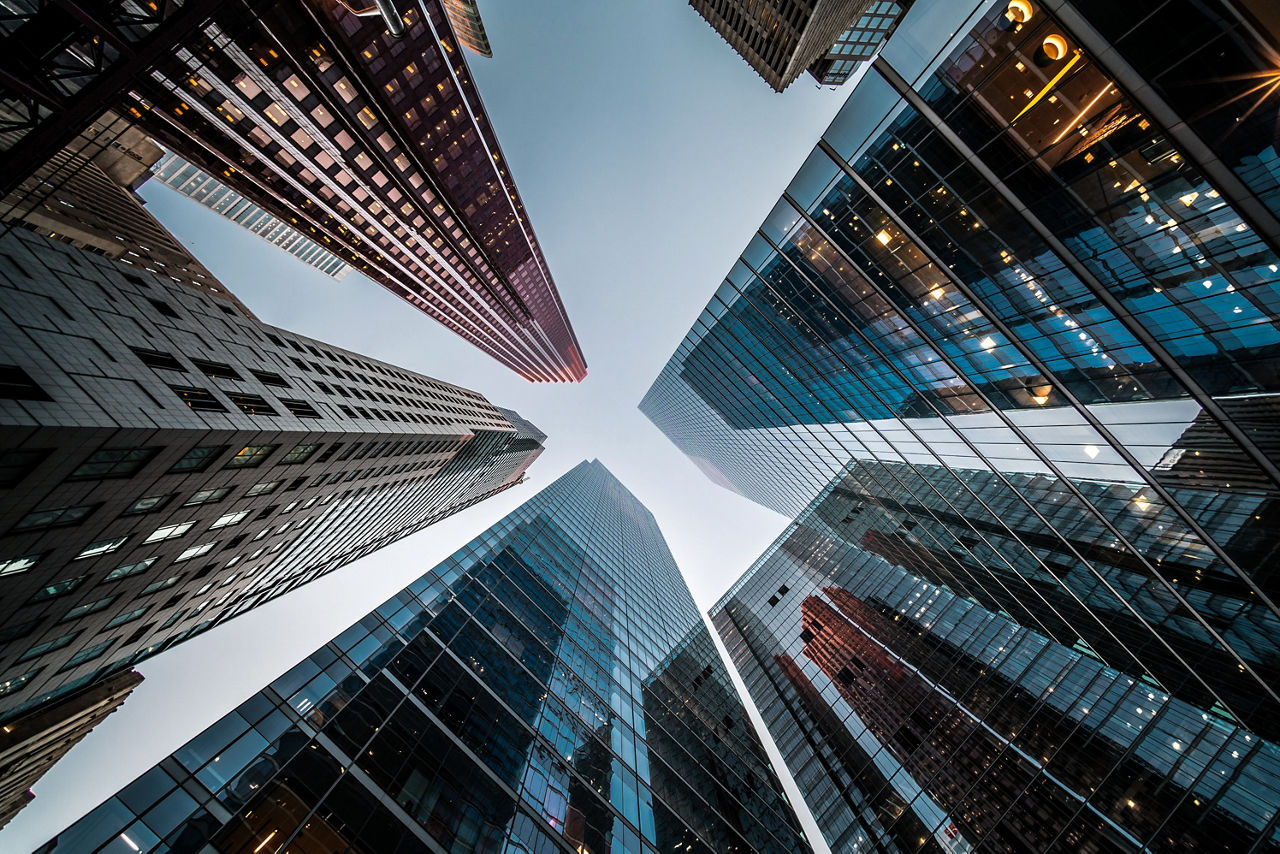Challenge
Rapid global growth creates complexity
As an industry leader, Heineken acquired companies across multiple countries resulting in a portfolio of more than 250 brands. But with rapid growth came new challenges.
Each company used different systems for product lifecycle management – and disjointed systems quickly led to disconnected data. As a result, Heineken's data-management teams struggled to collect, unify, and manage vast amounts of metadata from different ERP systems. And due to a lack of centralized data storage, they had to toggle between ERP systems to access insights.
Business operations teams also grappled with multiple manual processes to uncover a handful of data-driven insights. This approach inevitably led to employees relying less on data, instead making decisions based on assumptions or incomplete information.
With so many systems in play, IT costs added up fast. And without a unified view of data across partner companies, Heineken's tech leaders struggled to migrate data to the cloud, slowing the company's digital transformation.
In short, Heineken's leadership team knew the analytics assets for better decision-making existed, but employees couldn't access them. It knew it must streamline the entire data-management strategy to support employees, the business, and – in turn – customers.
Solution
Introducing data discovery, reliability, and traceability with PowerMe
To solve Heineken's data-management challenge, our data experts identified three priorities:
- Create a unified view of data to improve data discovery
- Assess and prioritize relevant data and analytics assets to optimize cloud migration
- Increase adoption of analytics assets to empower data-driven decision-making
At the heart of these efforts lies PowerMe, an active metadata platform that empowers teams to discover, access, and trust enterprise data. With PowerMe, employees can unlock new insights, collaborate, and improve decision-making.
First, our team deployed PowerMe's intelligent automated data catalog module to make data analytics assets accessible across systems. But providing access is not enough. Heineken's employees also need to trace data across disconnected systems and dozens of operating companies. Using PowerMe's built-in connectors, our team automated metadata ingestion from SAP and Microsoft Azure systems. The result? Employees gained a unified catalog of all data assets to easily search and access data – no more toggling between ERP systems.
Next, we deployed PowerMe's 360-degree data lineage module for complete visibility into data flow – revealing where data comes from, how it changes, and who uses it the most. Data teams can now monitor various touchpoints to verify accuracy and trace errors to their source, resulting in high-quality data for Heineken.
What's more, these teams can boost productivity by quickly identifying which datasets to prioritize for cloud migration.
We also built an intuitive dashboard for self-serve data analytics through PowerMe. With this tool, employees can easily find the data they need when they need it.
Impact
A future-ready foundation for data-driven insights
Today, Heineken employees can access a consolidated view of data from more than 100 operating companies through an efficient data catalog, powered by PowerMe, which includes 6.7 million tables and views, 95 million columns, and 42,800 BI reports.
Heineken employees can now make the most of the vast amount of data available across the enterprise, and the results speak for themselves:
- Accelerated digital transformation: By analyzing usage patterns, data teams know which data assets the business relies on. This information gives them a quantifiable way to prioritize assets for cloud migration
- Insights at the click of a button: With PowerMe's role-based access mechanism, employees can easily search and collaborate on business reports, dashboards, and datasets relevant across their entire data landscape
- Employees working at their best: Thanks to self-serve analytics, Heineken has created a data-driven organization where employees harness the power of data to do their best work
Looking ahead
Heineken has developed a connected data foundation for fast access to data-driven insights across the enterprise. Looking to the future, PowerMe lays the foundation for Heineken's leaders to incorporate new companies, emerging technologies, and new data quickly and easily. There's no slowing the growth of this brewing giant.









